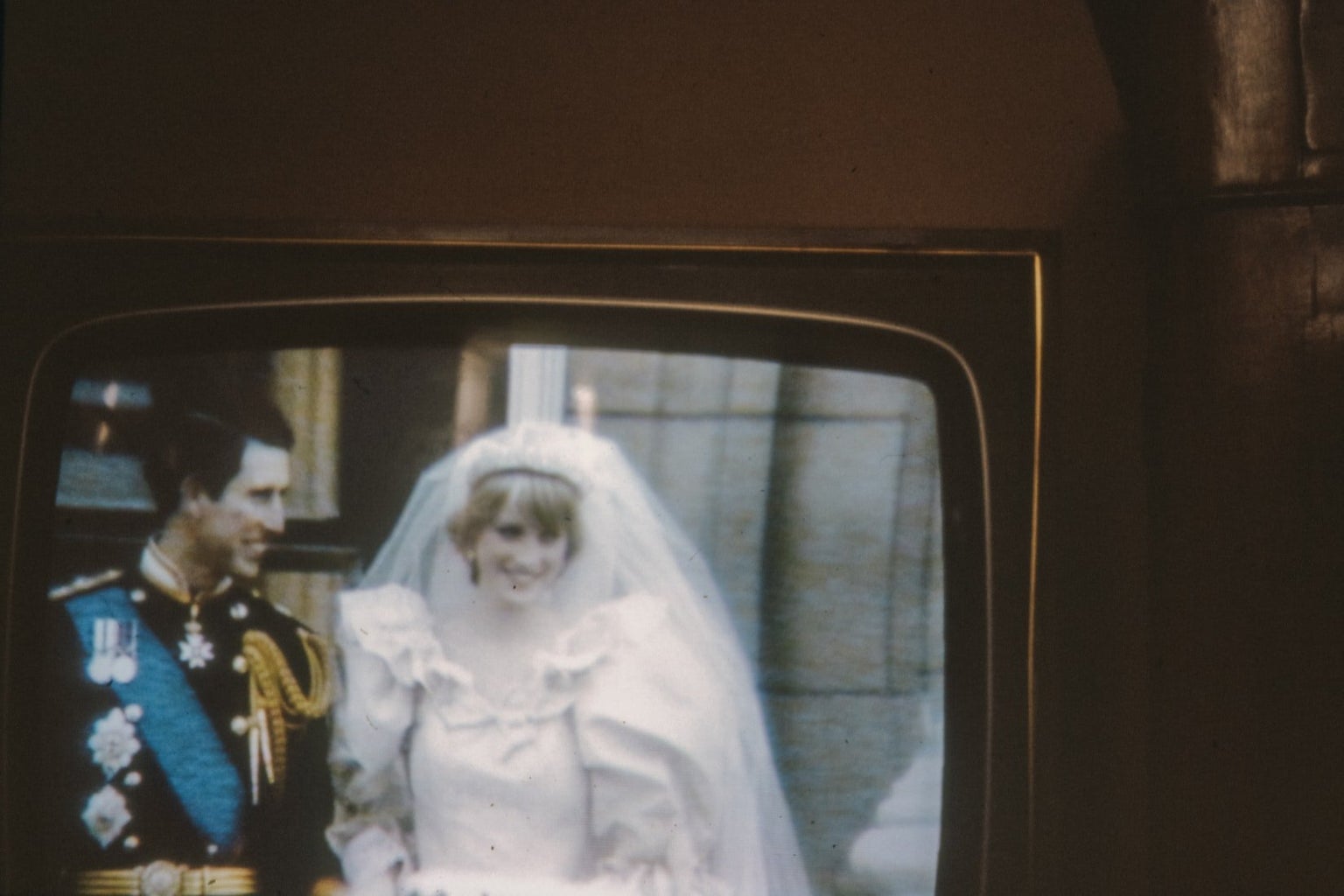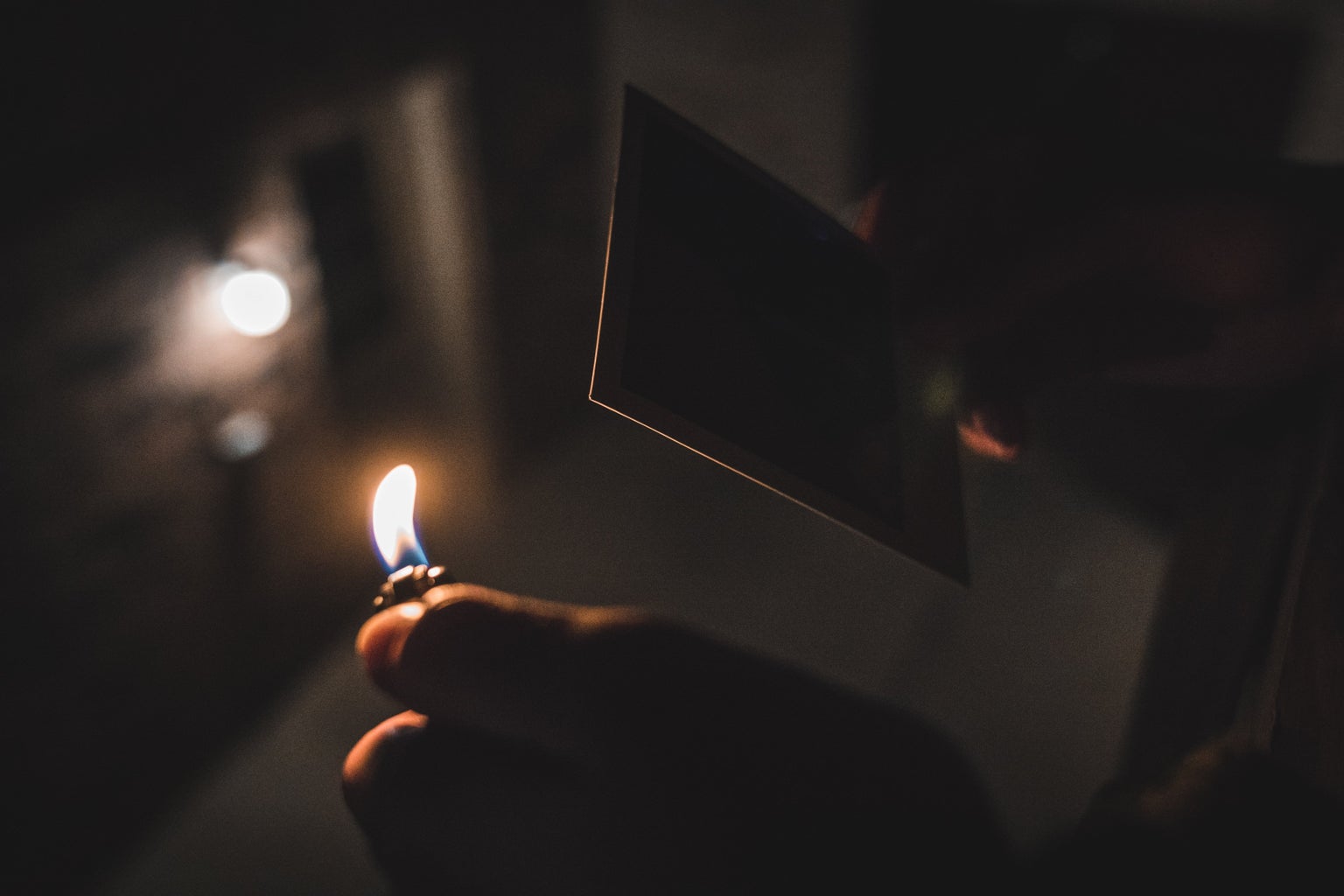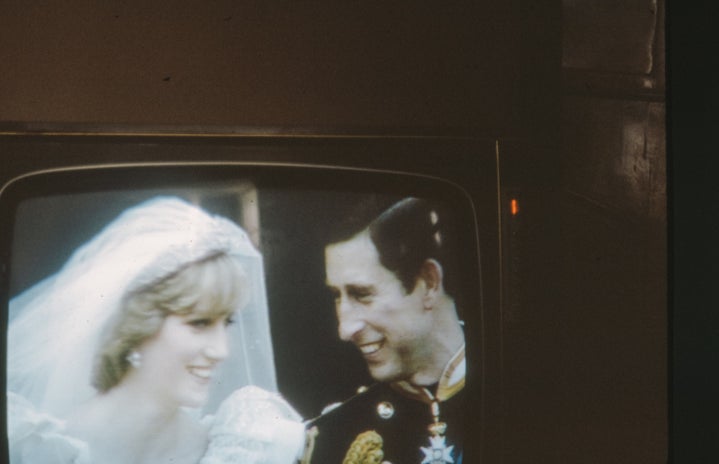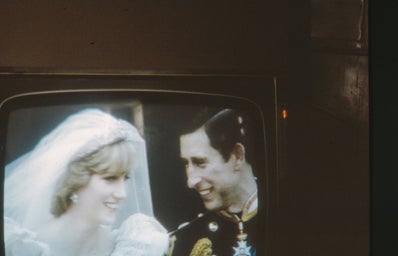In Season Four of Netflix’s The Crown, a heartbreaking scene plays out where a young Princess Diana – played by newcomer Emma-Louise Corrin—is abandoned by Prince Charles weeks before their wedding day and left to roam the palace all by herself. A montage plays out with Diana dancing until she collapses to the ground in sadness and exhaustion in one of the palace’s ballrooms.
Upon watching this for the first time at 7 a.m., the pajama shirt I had been wearing quickly became a tear-stained mess. While I’ll admit that I cry super easily, there was something striking about watching Corrin play Diana, who was only my age—19 to Charles’ 32—at the time of her marriage. Pair that with the fact that Diana was a real person, and I was watching something that might’ve happened in real life… it struck a chord in me. There was something eerie yet somehow simultaneously beautiful about watching Diana experience all these emotions on her own.
Why is it that we’re so drawn to sad things? Why do we romanticize sad people, and why did I find Diana’s hurting, for lack of a better word, “beautiful”?
Maybe it’s just because I’m a four on the Enneagram, or maybe it’s something deeper than that. Whether we want to admit it or not, a lot of us view these famous women’s mental health struggles through rose-colored glasses. At times, The Crown and its reenacting of real-life events feel like trauma porn. They are exotic zoo animals trapped in a cage we helped build, and we’re free to gawk and point but do nothing to help them out. We marvel and move on to the next.

There is something darker behind these “beautiful women,” and something dark about our views of said beautiful women as simply a mystery and out of reach. The fact that they’re rich and have immeasurable amounts of fame makes their struggles no less significant; in fact, it could be argued that it even makes it worse. I could name countless women whose struggles they have turned into art: Fiona Apple, Phoebe Bridgers, Lana Del Rey, Carrie Fisher, Florence Welch, to name a few.
But what did Diana have, apart from her royal status? She wasn’t a musician or actress with which to use a creative outlet as a means of escape. She was trapped in the palace, a fairy-tale gone horribly wrong. People will make excuses: she was a literal princess; she had more wealth than anyone could ever imagine; she was one of the most beautiful women in the world… the list could go on. But that did not make Diana’s bulimia go away (quite the opposite). It did not stop the emotional abuse from Charles and his family.
Everyone seems so quick to shy away from the darker side of it, instead of focusing on her humanitarian work, her fashion sense or how good of a mother she was. Her struggles with depression and an eating disorder and isolation made for a good mystery, but this mystery behind their happy façade is sexy to us for some reason.

If we do not view our own mental illnesses as “sexy” and something to be coveted, then why do we keep doing it to these women? As someone who shares the brunt of her struggles with the late princess, watching The Crown and Corrin’s ridiculously talented performance made me realize that I do it, too. When I cried watching Diana spiral out of control, it was not because of how beautiful and tortured she was, but rather because it was real. No matter what our lives are like on the surface, when it comes down to simply our mental health, we are all the exact same.
Later Diana would come to speak out about her struggles before she passed. Mental health is so stigmatized that even just one person in the limelight talking about their depression or anorexia or mental illnesses, in general, could help save hundreds. It helps to know we are not alone, but sometimes we need to remind celebrities that they aren’t alone either, instead of placing their external selves on a pedestal but their internal beings on the shelf below.
Want to see more HCFSU? Be sure to like us on Facebook and follow us on Instagram, Twitter, TikTok, Youtube and Pinterest!



